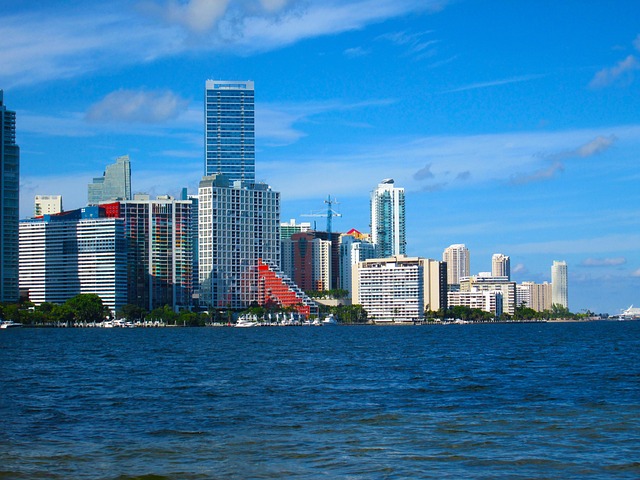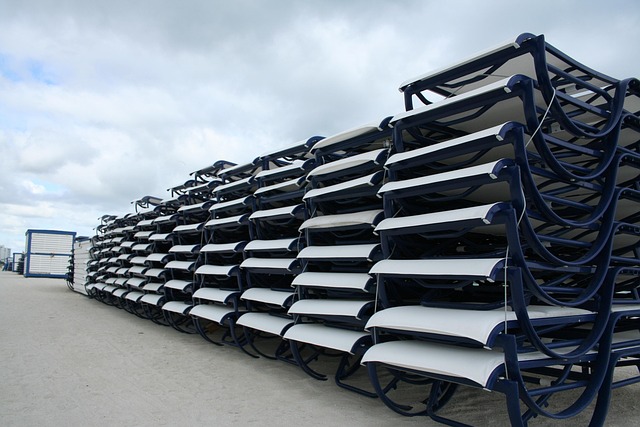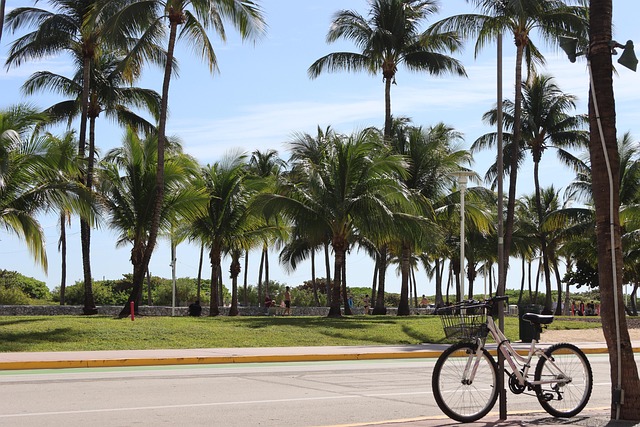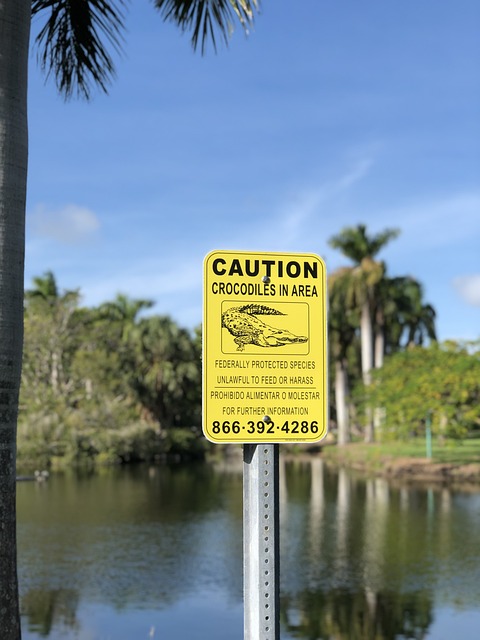Vintage Main Street districts, renowned for their charming architecture and historic ambiance, are highly desirable in the real estate market due to their unique character and thriving community environments. These neighborhoods offer a distinct lifestyle, rich history, and friendly atmosphere that modern developments cannot replicate, driving up property values. Preserving these areas is about safeguarding historical stories and traditions while attracting tourists and boosting local economies. Real estate investors find value in these historic districts, blending financial returns with community heritage preservation, as revitalizing downtowns and historic areas becomes a growing trend. Local governments provide incentives for rehabilitation, further encouraging development and increasing property values.
“Vintage Main Street districts, with their charming allure, are reviving real estate trends. Beyond quaint architecture, these historic areas offer a unique blend of past and present, appealing to diverse buyers. This article explores the undeniable charm and hidden gems of vintage main streets, delving into their historical significance and why they’re more than just old buildings. We’ll uncover investment opportunities, community trends, and the allure that makes these districts a real estate hotspot.”
The Charm and Appeal of Vintage Main Street Districts in Real Estate
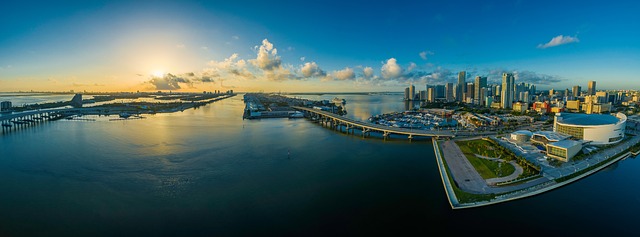
Vintage Main Street districts exude an undeniable charm that captivates both residents and visitors alike, making them highly desirable locations in the real estate market. These historic neighborhoods often feature beautifully preserved architecture, with charming shops, cafes, and homes that transport people back in time. The unique character of each district creates a sense of community and a strong local identity, fostering a vibrant atmosphere that’s hard to replicate elsewhere.
Real estate professionals recognize the allure of these vintage areas, as they offer a distinct lifestyle that modern developments simply can’t match. Properties in well-preserved Main Street districts often command premium prices due to their rich history, high walkability, and strong sense of place. Whether it’s the charming storefronts, quaint alleyways, or the friendly faces of longtime residents, these neighborhoods have a magnetic appeal that resonates with those seeking a truly special living environment.
Preserving History: Why These Areas Are More Than Just Old Buildings

Vintage Main Street districts are more than just collections of old buildings; they are living testaments to history and culture, offering a unique glimpse into the past. Preserving these areas is not merely about saving brick and mortar; it’s about safeguarding the stories, traditions, and community spirit that have shaped them over time. Each structure, from grand historic shops to quaint residences, tells tales of the people who once lived, worked, and thrived there.
In real estate, these districts represent a valuable cultural heritage that can attract tourists, boost local economies, and foster a strong sense of community. They provide an authentic experience that resonates with residents and visitors alike, offering a respite from the homogenized landscapes often found in modern urban centers. By preserving these areas, we not only maintain a connection to our roots but also create vibrant spaces that continue to evolve while honoring their historic significance.
Investing in Time-Honored Communities: Opportunities and Trends
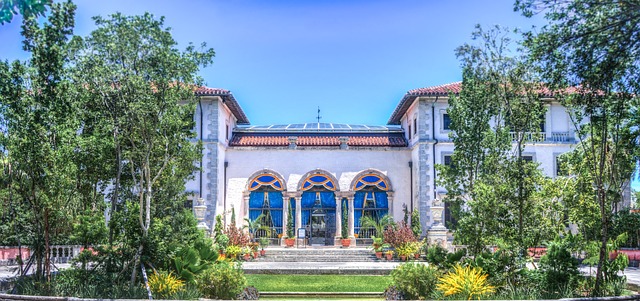
Vintage Main Street districts, with their time-honored charm and history, offer a unique opportunity for real estate investors. These communities exude a sense of nostalgia and community that resonates with many buyers. Investing in properties within these areas not only provides financial returns but also contributes to preserving local heritage. The trend towards revitalizing downtowns and historic districts is gaining momentum, driven by the desire to create vibrant, walkable neighborhoods.
This growing interest presents several opportunities for real estate professionals. First, it allows for the restoration and adaptation of older buildings to modern standards while maintaining their historical integrity. Second, it fosters a sense of place that attracts businesses and residents looking for a change from urban sprawl. As these communities evolve, property values tend to rise, offering significant returns on investment. Additionally, local governments often provide incentives and grants to support the rehabilitation of historic structures, further encouraging development.
